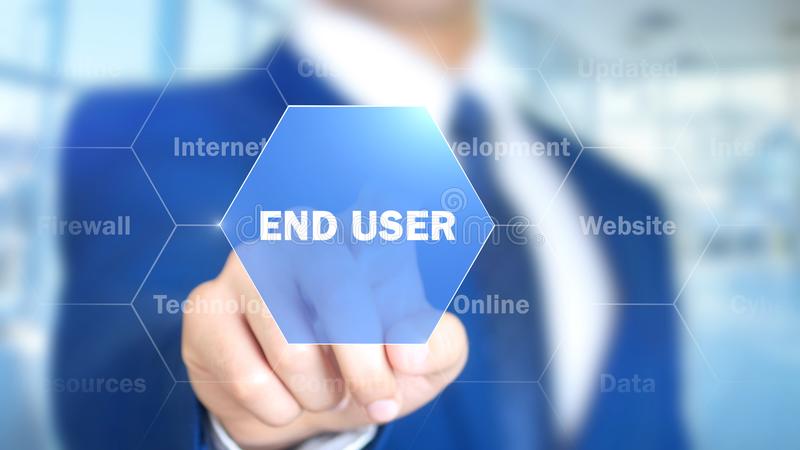The contemporary workplace is experiencing a cultural revolution. The roles of workers are changing due to demographic shifts, technological advances, and alterations in societal norms. To attract and retain the finest employees, your company must provide them with a technological environment conducive to optimal performance.
The field of information technology, however, is enduring its own revolution. As the IT staff is expected to support and develop the business, this places a heavy burden on the department, which is not often reflected in resource allocation. Leaders in IT must determine how to efficiently manage current operations while also freeing up funds for future investments.
Why is it important to enhance the end-user experience?
Modern businesses have the potential to employ individuals from five distinct generations. This large, modern workforce is not only formidable in terms of size, but also in terms of the innovative methods it necessitates. Having grown up with them in their personal lives, digital natives have a high standard for the efficacy and accessibility of work-related technologies.
Let’s examine four strategies for optimising IT assets in order to improve the end-user experience and nurture a more productive, connected, and inspired workforce.
Outsource IT services.
By delegating device deployment and daily operations to a third-party, you can free up your IT department to concentrate on business expansion. A partner that offers workplace services or a managed office solution will facilitate your IT, from procurement and configuration to deployment and ongoing maintenance. In addition, workplace services are priced on a subscription basis in order to provide a more efficient and predictable cost structure.
Among the advantages of a managed office solution are:
• Reclaimed IT resources for business-critical initiatives
• Improved service levels and end-user support
• IT governance and scalability
Modernise support.
Maintaining productivity and minimising downtime necessitate prompt resolutions to your employees’ technical issues. As you seek to reform IT to improve the end-user experience and maintain employee productivity, analyse your current IT support strategy.
Your staff desires straightforward, contemporary interactions, and they are not hesitant to take matters into their own hands to obtain them. Conventional strategies for user assistance are typically inefficient and expensive. Support requests that overwhelm the help desk deplete IT resources and can be costly to address. Leaders in IT frequently struggle to control expenses and allocate sufficient funds to both maintenance and mission-critical initiatives.
The costs associated with providing IT support within the organisation can rapidly accumulate. Possessing the required levels of expertise is not always possible, particularly in the context of a complex device landscape. Implementing a managed services solution that communicates with users on their level is one way to save money while still providing the assistance users require.
Facilitate a remote or mobile workforce.
As the technological landscape shifts, so does the way individuals labour. Modern employees value constant connectivity and the ability to work from anywhere. In a survey conducted by Softchoice, 85% of respondents concurred that “it is essential for their employer to have technology that allows them to work remotely.”
If you want to be a savvy business proprietor, you must prioritise safety. This requires secure connections between devices, locations, and data, as well as active protection against assaults.
Delegate the entire mobile administration lifecycle to a trustworthy partner so your organisation can operate with confidence. Working with a partner is a more productive and economical method to achieve the following:
• Determine the optimal devices for your users’ requirements.
• Create a mobile endpoint strategy.
• Acquire, implement, and maintain new technology.
• Manage security for endpoints and respond to attacks.
• Support end users and relieve internal IT of their responsibilities.
• Manage and update devices uninterruptedly.
Facilitate productive collaboration.
Although modern employees require more time away from the office, they do not work in isolation. According to a study conducted by The Economist, employees believe that collaboration has the greatest impact on their creativity and organisational loyalty.
Collaboration tools are essential to the success of any office, regardless of whether it is entirely virtual or physically based.
Providing your organisation with only technological resources is insufficient. To keep your employees satisfied, you must provide them with the training and support they require to use your technology effectively.
Transform the experience of the end user.
Your company’s quality will always reflect the calibre of its employees. As competition for talent is expected to intensify, it is more crucial than ever to provide exceptional experiences for your employees if you wish to retain them. Putting the end user at the centre of your IT strategy is necessary for empowering a connected workforce. Modernising your IT administration is a surefire way to increase end-user satisfaction and productivity.
